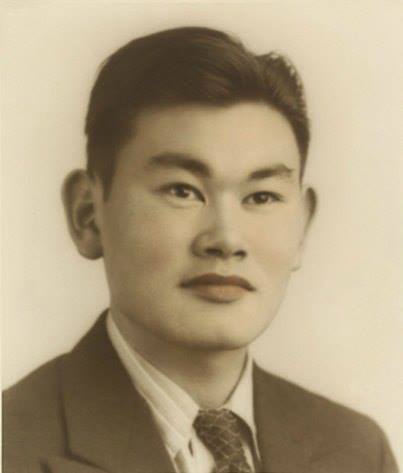Today in 1942, Fred Korematsu, who had been in hiding after refusing to report to his assigned Assem
Today in 1942, Fred Korematsu, who had been in hiding after refusing to report to his assigned Assembly Center, was arrested on a street corner in San Leandro, CA. Several days later, he was visited by Ernest Besig of the ACLU, who asked if he would be willing to be a test case to challenge the constitutionality of Japanese internment.Korematsu was convicted in federal court on Sept. 8, 1942 for violating military orders issued under Executive Order 9066. He and his family were held at the Tanforan Assembly Center and transferred to the concentration camp at Topaz, Utah. Korematsu and the ACLU took the case all the way to the Supreme Court, where Executive Order 9066 was upheld.Though the federal government has formally apologized for Japanese internment and Korematsu’s conviction was vacated in 1983, internment and the suppression of intelligence reports that Japanese Americans posed no security risk remain a wound on the Asian American community and a shameful reminder of what xenophobia and racism can accomplish in the face of “security threats.” -- source link
Tumblr Blog : 18mr.tumblr.com
#fred korematsu#japanese internment#asian american#topaz
